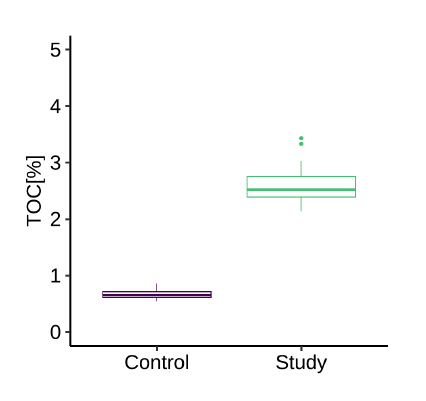Do Undaria pinnatifida Seaweed Farms Have Potential to Sequester Carbon?
Keywords:
Climate change, eDNA, Macroalga, Seaweed farm, Sediments, TOCAbstract
Recently, seaweed farms have been attracting attention as they are expected to contribute to carbon sequestration. In order to evaluate the carbon sequestration function of seaweed farms, it is necessary to clarify whether the organic matter derived from cultivated seaweed is sequestered in the sediments of these farms. In this study, we focused on the sediments of an Undaria pinnatifida farm in Matsushima Bay, Miyagi Prefecture, Japan and evaluated the organic carbon contained in the sediments.Sediments were collected with an acrylic pipe with a diameter of 30 mm and a length of 1 m. Samples were subdivided into 10 cm segments and frozen at -18 °C or below. Total organic carbon (TOC) was analyzed with a TOC analyzer, and a digital PCR was used to identify the presence of U. pinnatifida eDNA. The eDNA of U. pinnatifida was detected from sediment layers between 0 cm to 28 cm from sites with a history of U. pinnatifida farming. However, eDNA was detected only between 0 cm to 8 cm in sediments with no farming history. TOC from farm sediments (mean±standard error) was 2.58±0.063%, whereas TOC taken from sites with no farming history was 0.669±0.023%. We hypothesize that seaweed farming can enhance TOC content in sediments below the farms and contribute to carbon sequestration.

